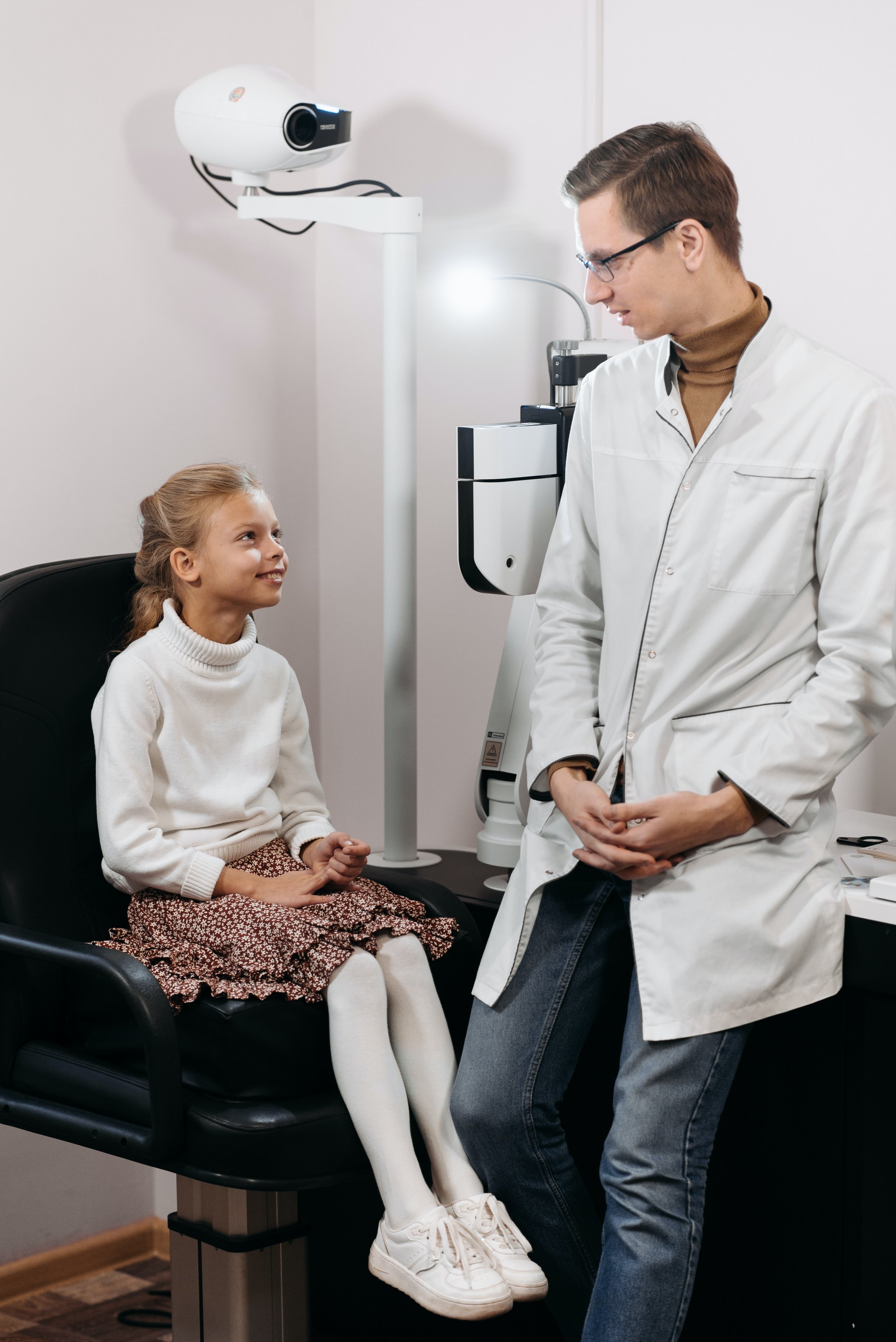
Pediatric Podiatrist
Pediatric Podiatry Specialists in Woodbury Heights, Haddon Heights, Voorhees & Pine Hill, NJ
If your newborn, toddler, or child needs to seek specialist foot care, your pediatric podiatrist at Prime Foot and Ankle Specialists is ready to inspect your child's feet.
Our podiatrists have collectively worked with children of all ages for decades. Childhood is a critical time for foot development. We learn to walk and run during this time, taking our first tentative steps.
Conditions that impair our development can have long-lasting implications if left untreated — in rare cases impacting mobility forever.
For parents — ensuring their child is developing normally is a common worry. Most conditions are readily treated and do not cause lasting problems. Some conditions even resolve themselves without medical or surgical intervention.
Nevertheless, you should seek professional pediatric support if you notice any deformities. Pediatric foot doctors can diagnose the condition, often recommending simple solutions, like loosening a baby's foot coverings or preventing a baby from lying down in one spot too long.
Common Pediatric Podiatry Conditions
Podiatry conditions are relatively common in young children. With their growth in the early years progressing rapidly, children often complain about foot pain.
The most common pediatric foot conditions include:
Growing pains. The muscles also rapidly change as we grow, causing cramping and discomfort.
Sever's disease is caused by inflammation of the growth plate in the back of the heel. Seen predominantly in children aged 8 to 14, it's a common condition that increases the risk of strain or inflammation.
Flat feet (or pes planus) are benign at first but, over time, cause pain and discomfort due to an unsupported foot. In some cases, the arch returns during development.
Plantar warts when a virus infects the foot. Because kids wear their shoes less often, they're more commonly affected.
Treatment for all these conditions and more is simple yet effective when provided by skilled pediatric foot doctors. You should never ignore a child's foot pain. While most cases are fine, some children will experience permanent, life-altering damage if their feet aren't treated soon enough.
Contact our amazing team for more information. We want to ensure every child puts their best foot forward in life.
FAQs
-
It is a specialized doctor dedicated to treating children's foot problems. Because children experience significant growth, foot and ankle disorders are highly common. Many conditions are exclusive to children — meaning podiatric pediatric care requires specialist knowledge.
We always recommend parents consult a specialist to inspect their child's foot ailment.
-
They can diagnose and treat all conditions affecting children's feet, including toe walking, flat feet, clubfoot, in-toeing, knock knees, bowed legs, and more.
Conditions can be due to lifestyle changes or congenital disabilities. Whatever the condition, the podiatrist will use medical or surgical options to improve a child's quality of life significantly. The fundamental goal is to achieve as much functional movement as possible — so the child can live a full life.
-
Most childhood foot conditions are neither permanent nor serious. Still, all parents should visit a podiatrist if they suspect their child has a foot condition. If left untreated, certain conditions can result in permanent damage, while other conditions, like warts, can spread to other children.
If your child complains of pain or discomfort for several days without improvement, speak to a foot doctor. You can also contact a podiatry clinic if you notice problems with your child's development or physical abnormalities in the feet or gait.
-
Treating a child's foot and ankle conditions is often simple. The problem can be rectified because the condition hasn't progressed, leading to a healthy life. On the other hand, as a child develops, foot conditions can limit their mobility. Normal activities like sports or dance lessons are no longer possible.
You should visit a pediatric podiatrist for all conditions, whatever your child's age. Where congenital disabilities may predominate in young children, conditions like Sever's disease occur during the growth spurt of the early teenage years—while other conditions, e.g., warts, can occur at any time.


